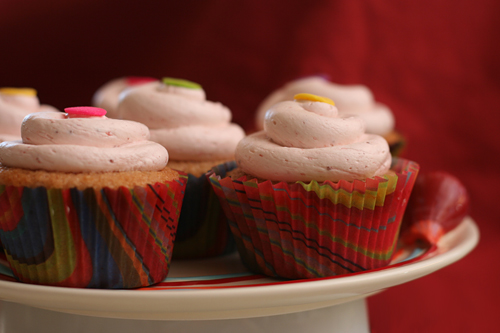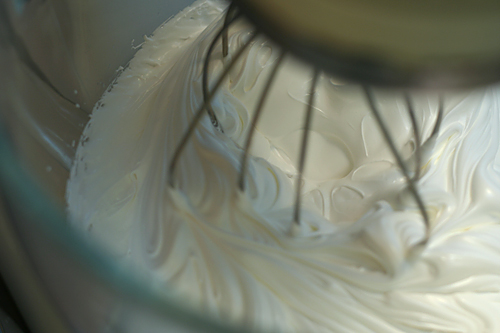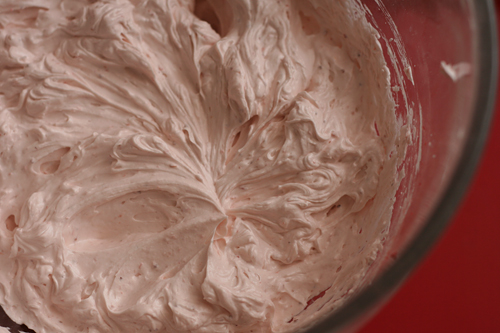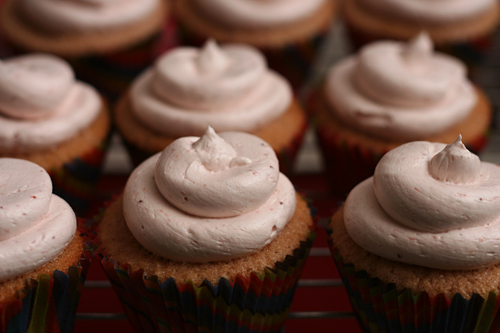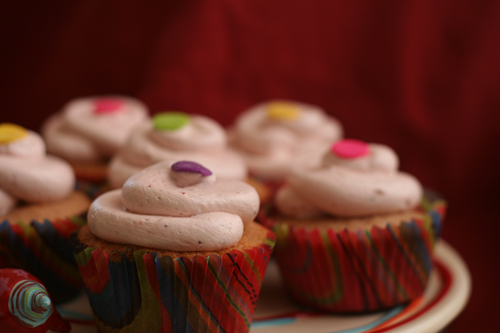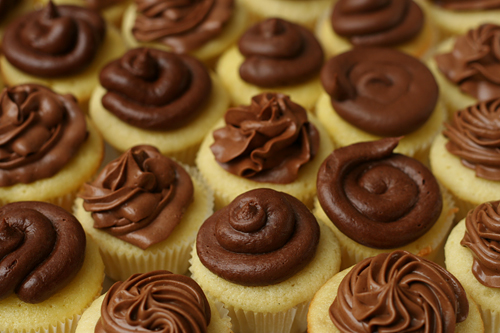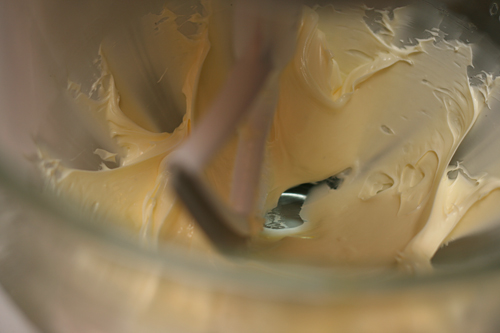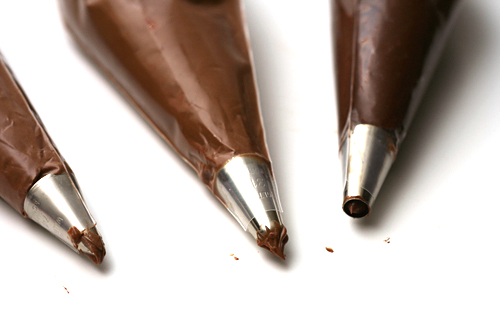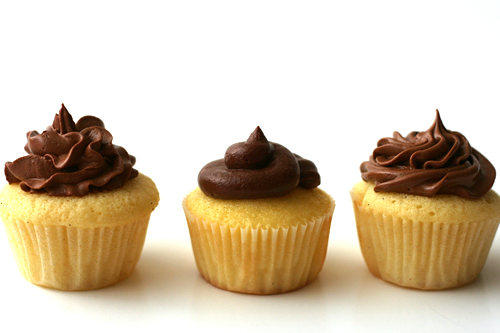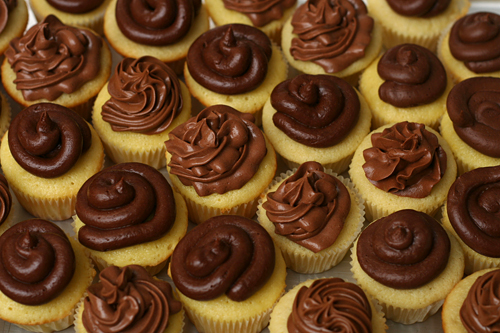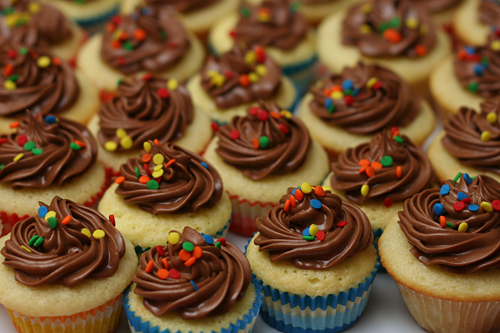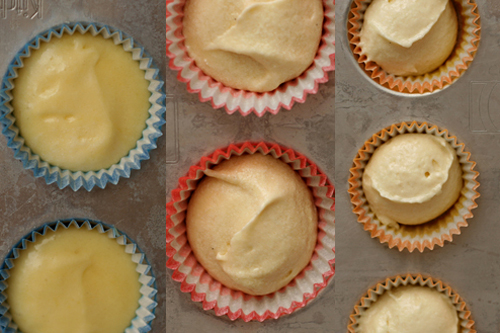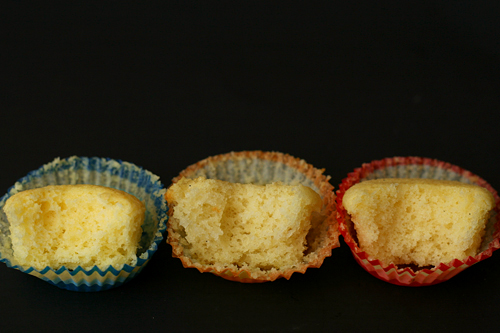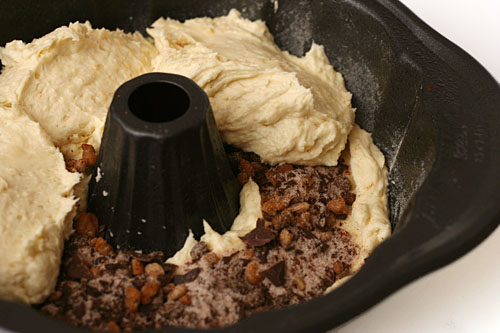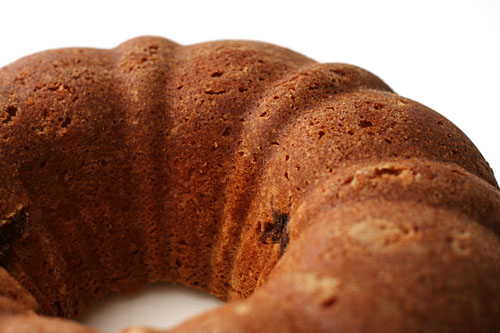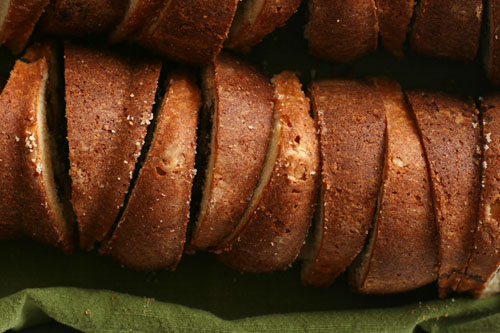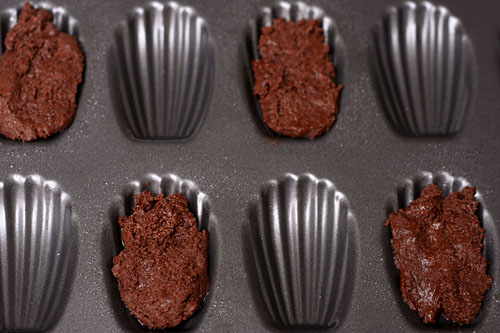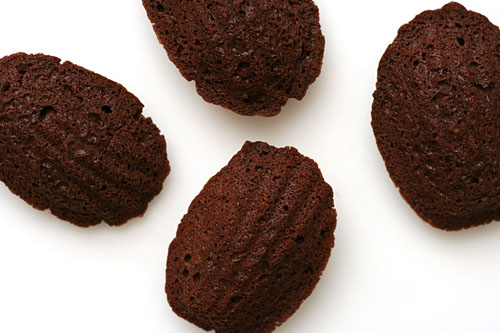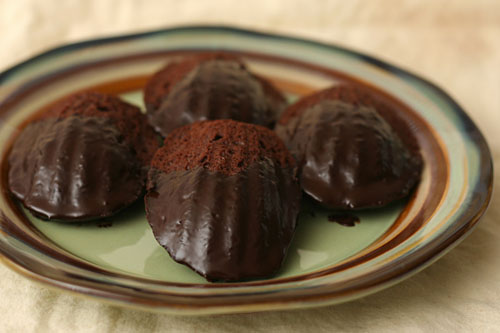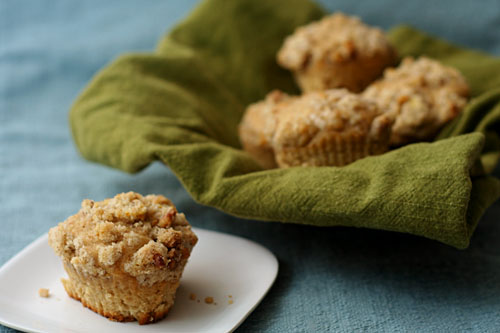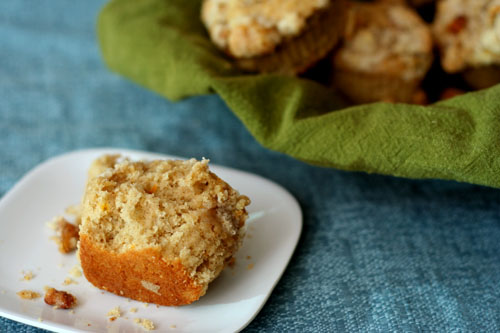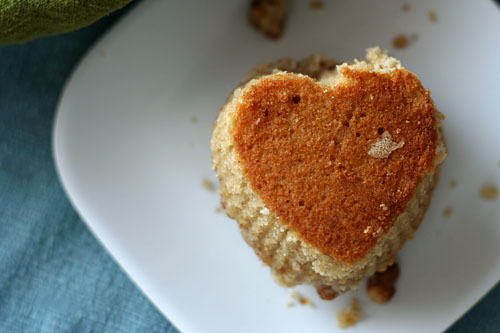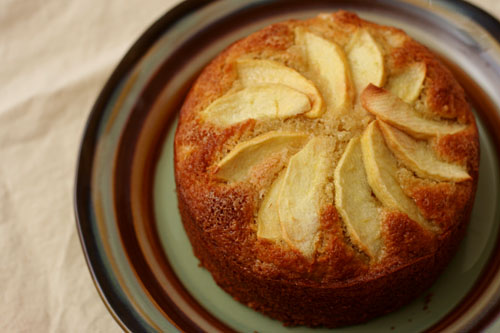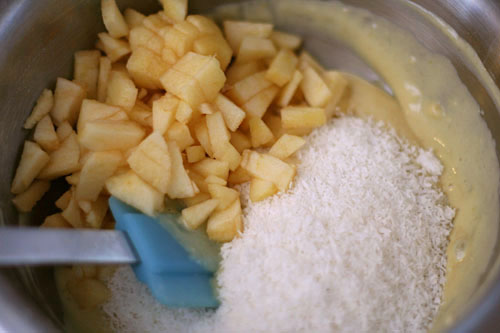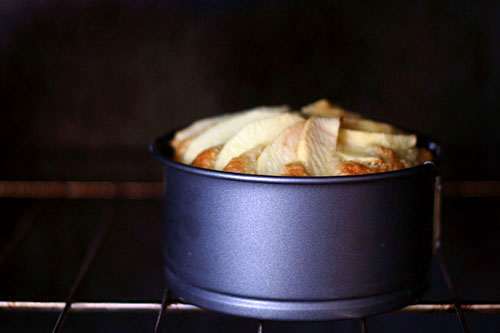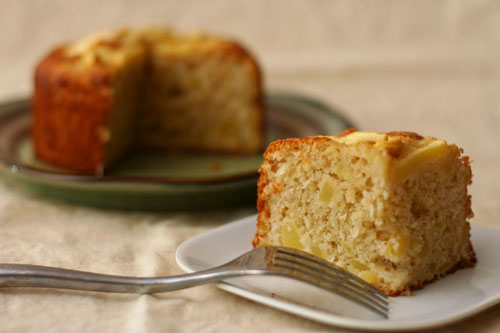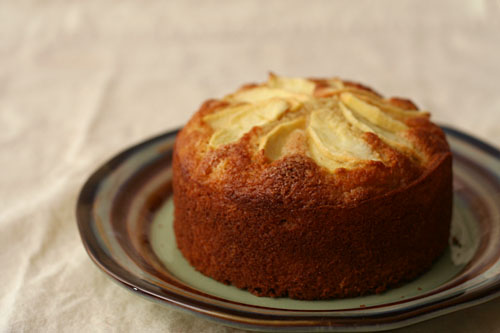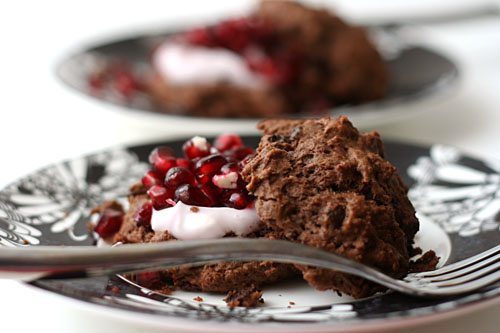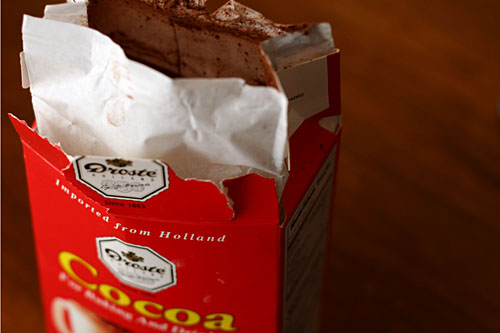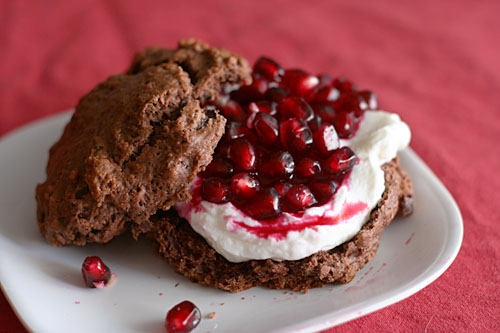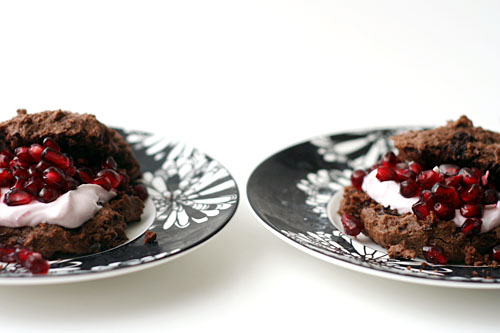One of my favorite parts of birthdays as a kid was flipping through my mom’s stack of Wilton yearbooks to pick out my cake. I remember cakes shaped like treasure chests, dice (every guest got their own die), telephones, dollar bills, a whole scene with penguins and an igloo and a pond (that was my brother’s cake, two years in a row), so many others.
My mom, of course, used the Wilton buttercream recipe, a simple mixture of powdered sugar and solid fat (butter or shortening), with a bit of vanilla for flavor, milk to loosen it up, and meringue powder to help it set. This is what I knew as frosting as a kid; I loved it then and still do.
To some, it’s too sweet and it’s certainly grainy, and those people often prefer swiss meringue buttercreams, in which butter is mixed into a meringue built from egg whites and sugar. My first experiences with these weren’t great; I felt like I was eating lightly sweetened butter. Dorie Greenspan’s recipe, a lemon version, changed my mind, because it actually tasted like something.
Now I love both types of frosting (is there any horribly fattening food I don’t enjoy, I wonder?), although I always add at least a couple drops of lemon juice into my meringue buttercreams to brighten their taste. But this strawberry version might just take the cake. It’s light and smooth, like all meringue buttercreams, but it has plenty of flavor from all those strawberries. I don’t think anyone will be shaping this frosting into penguins anytime soon, but it might top my next birthday cake anyway.
One year ago: Bacon-Wrapped Goat Cheese and Almond-Stuffed Dates
Two years ago: Beer-Battered Fish
Three years ago: Cream Cheese Brownies
Printer Friendly Recipe
Strawberry Buttercream (adapted from Martha Stewart via Annie’s Eats)
The original recipe calls for fresh strawberries, but I prefer to use frozen strawberries when their texture isn’t important, because they’re available year-round and always picked at the peak of their ripeness.
1 cup strawberry puree (from 8 ounces frozen defrosted strawberries)
4 large egg whites
1¼ cups (8.75 ounces) sugar
Pinch salt
24 tablespoons (3 sticks) unsalted butter, at room temperature
1. Combine the egg whites and sugar in a heatproof mixer bowl set over a pot of simmering water. Whisk until the sugar dissolves and the mixture registers 160 degrees on a candy thermometer.
2. Remove the bowl from heat and attach it to a mixer fitted with the whisk attachment. Beat on medium-high speed until stiff peaks form and the mixture has cooled to room temperature, about 8 minutes. (The bowl should be cool to the touch.)
3. Reduce the speed to medium and add the butter, 2 tablespoons at a time, whisking well after each addition. With the mixer on low, whisk in the strawberry puree, mixing just until incorporated. Use immediately, or cover and refrigerate for up to 3 days. (Bring to room temperature, and beat on low speed until smooth before using.)
This frosting topped Sky High’s Pink Lady Cake.
